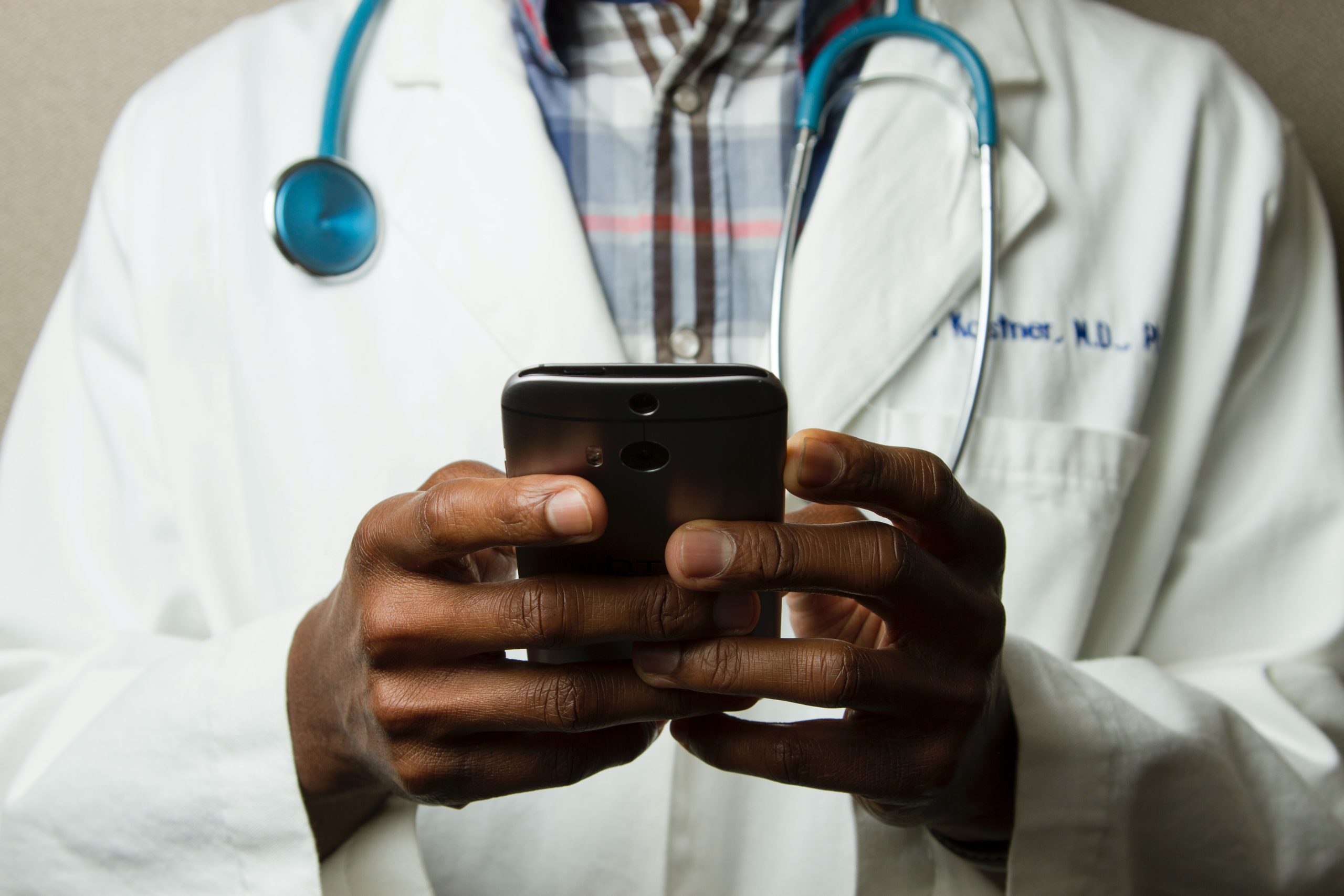Modern Pharmaceutical Communication Today
Hospital and practice visits are a rarity for pharmaceutical sales representatives under the Corona pandemic. In some cases, hospitals and practices implement the ban on visits very strictly in order to protect their patients. Large industry exhibitions in the context of congresses have not been possible for a long time, and whether they will find their way back into congresses in this form may be doubted. But how can the medical profession be informed about new products, studies or developments in these times when there is no personal contact and print products cannot be delivered directly to the target group? The pharmaceutical industry has reacted quickly and is taking advantage of digital options.
Network with Ralf Stoelting on LinkedIn
Virtual forms of communication on the rise
Newsletters, websites, videos, podcasts, and information via YouTube, Twitter, Instagram, LinkedIn, etc. mushroomed and became more and more popular. Print products have a hard time of it, because they can’t be customized as quickly when the communication situation demands it. That’s why publishers are also increasingly expanding their digital offerings.
This makes the question of how physicians inform themselves and how physicians want to be informed in Corona times and especially afterwards all the more important. Depending on the situation in which doctors are looking for or need information for themselves or their patients, the various offerings play a decisive role. For pharmaceutical companies, it will therefore remain important in the future to develop digital forms of communication that are tailored to customer needs.
The following questions need to be asked:
How do we still reach our target group when they are exposed to more and more digital communication?
How do we manage to tailor content to the information needs of the target group in order to stand out in the flood of information?
The right analysis is half the battle for individual communication
To do this, detailed analyses of the target groups and their use of digital media are very important in order to know exactly what their needs are. Today, it is no longer enough to provide information on a website. Videos, podcasts, newsletters, chats – to name just a few – are becoming increasingly important and allow usage to be measured via the corresponding portals. Digitization enables much more individualized communication, which physicians are increasingly taking advantage of in digital media.
Recognizing, recording and implementing these wishes is the challenge of the future (user-centric personalization), because the target groups are often becoming smaller. It is crucial to better record the use of the various digital offerings in terms of time and content, then individual offerings can be developed that provide the target group with the desired benefit and thus increase their attention. The old adage applies here: “The bait must be to the liking of the fish, not the angler.” This is a challenge you should rise to and one in which we will be happy to support you.
For business-relevant communication content like this, why not sign up for our newsletter “FleishmanHillard Quarterly“, follow FleishmanHillard Germany on LinkedIn, get to know our team on Instagram or visit our YouTube channel.
Find Out More
-
Why we tell the truth
May 23, 2022



